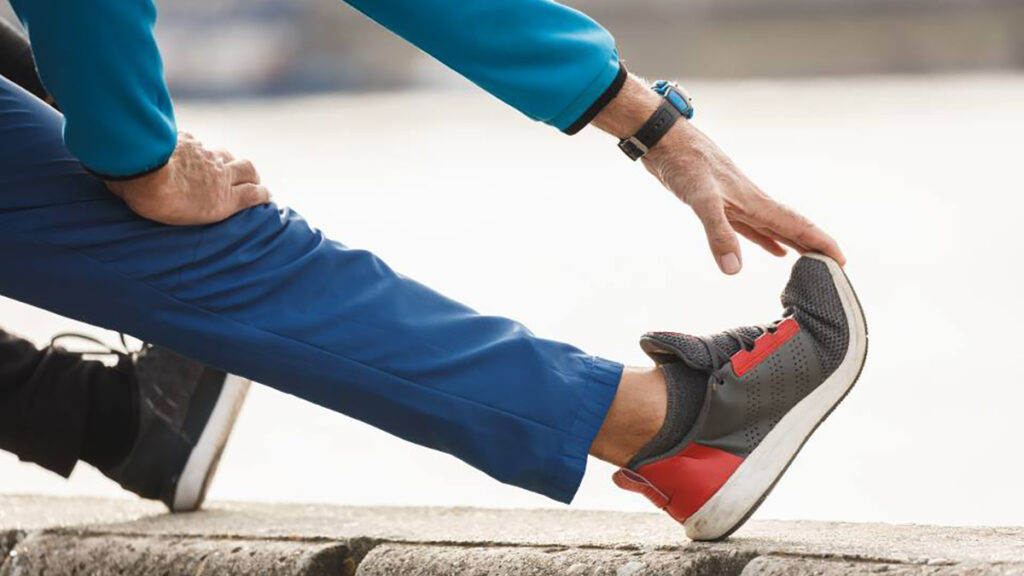Stretch Yourself – As we age, our muscles and joints begin to deteriorate. Muscles grow stiff, tire more readily, and are slow to move, while joints become rigid, painful, and swell frequently.
Flexibility and range of motion can be limited, and the risk of injury is greatly increased. These changes are more noticeable when lying down or sitting for extended periods of time. While it is normal for someone who has no prior injuries or illness that causes muscle stiffness, living with these types of ailments is no fun.
So how can we combat this natural occurrence of the aging process?
Well, the first step is to remain active. “A body in motion stays in motion” is so true, especially when talking about flexibility. Fitness classes, dance lessons, walking, yoga, swimming, and recreational games are all great ways to move your body and have some social time while you’re at it. Many of these activities are conveniently available in our area and would be excellent for staving off rigidity.
As we stay active and move our bodies, post-exercise stretching is incredibly effective in keeping muscles loose and aids in recovery. The simple practice of stretching is essential to improve general muscle, ligament, joint health, flexibility, and range of motion, among other benefits. For example, stretching can help you relax physically and mentally, enhance muscle strength and endurance, fight off fatigue, alleviate pain, and prevent injuries while improving posture and body awareness.
Static Stretching
While there are several different methods of stretching, the most common is static stretching. The primary purpose of this method is to keep the body in good general health, form, and flexibility, and it is perfect for anyone who wants to add stretching to their daily routines. The basic principle of a static stretching program is to use small movements to slowly elongate muscles to a maximum length, hold that position for 15-20 seconds, relax the muscle and then repeat the exercise 2-3 more times.
There is minimal risk in performing a static stretching routine, but there are some things you should keep in mind before starting these exercises:
- Warm-up prior to stretching – Stretching cold muscles could lead to injury, so be sure to take a brisk 5-10 minute walk or some other form of mild exercise to get your muscles ready to move.
- Don’t over-stretch – Forcing your muscles to go farther than they are capable of at the moment can strain or tear muscle fibers. Stretch just until you feel the muscle “catch” and hold that position. It might be a little uncomfortable, but it should never be painful.
- Slow and steady – Slowly bringing your muscles into the stretched position helps them loosen and lengthen properly. You should never “bounce” or move quickly to get your muscles into the position you desire.
- Hold it – Once you’re in position, hold that stretch for at least 15 seconds. It takes that long for your muscles to relax and settle into the work you’re asking it to do. You can hold a stretch for longer but be wary of muscle fatigue.
- Breathe – Never hold your breath. Holding your breath causes tension in your body and will counteract the benefits of what you’re trying to accomplish. Breathing slowly and rhythmically in through your nose and out through your mouth will help keep your body relaxed, and your mind focused.
Losing range of motion and flexibility doesn’t have to be part of your aging process. Many of our area gyms and fitness studios offer classes and activities to improve your range of motion and flexibility. A quick search on the internet will also elicit many different books and articles on specific stretching exercises and programs to fit any lifestyle or need. So, get out there and take charge of your body. And, if you happen to see me stretching after a good run, feel free to say “Hello!”.
